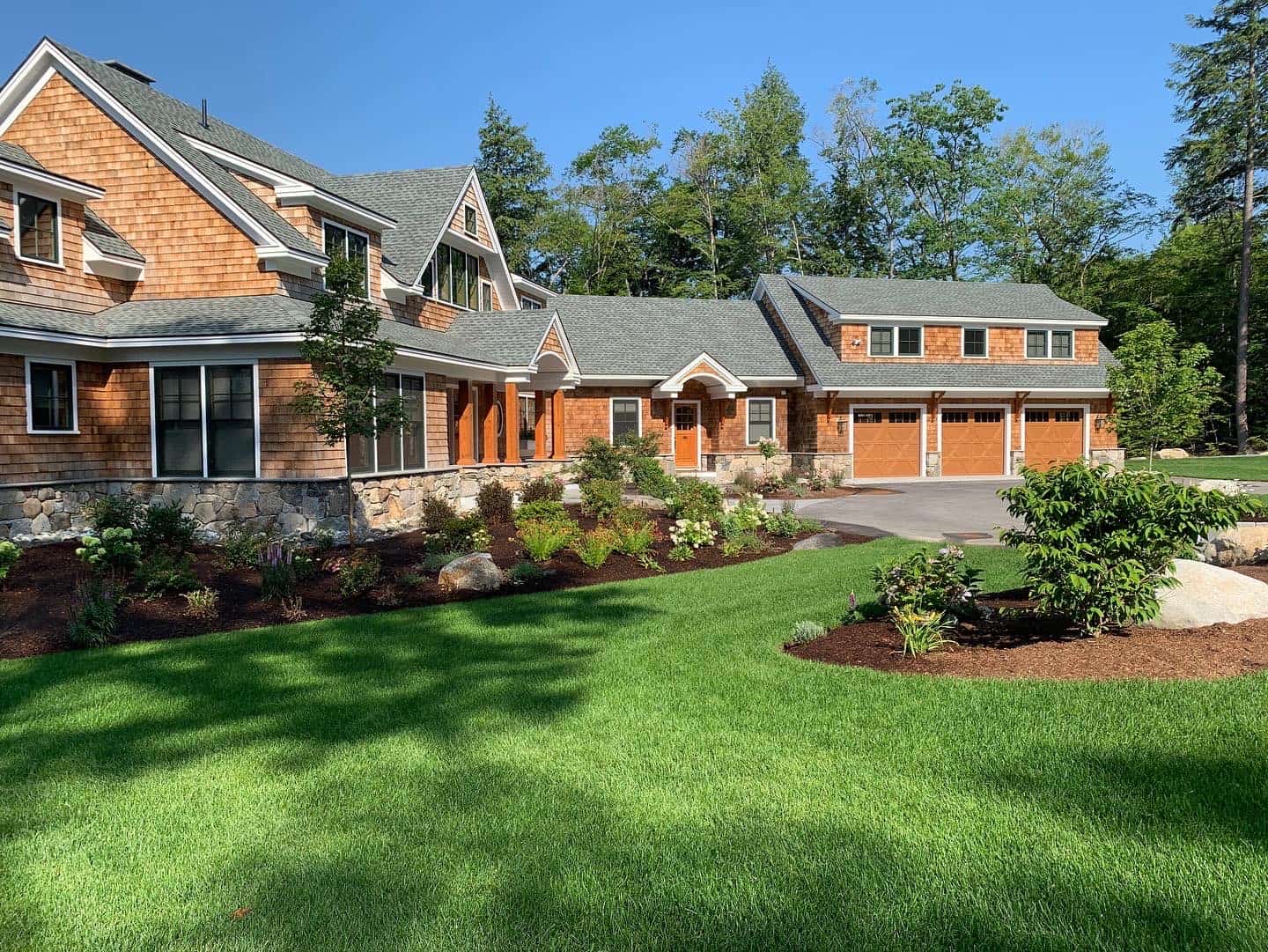
Spring is the time of renewal, and that means for your landscapes and gardens, too! While the official start of spring begins in March, the actual start of spring feels like it begins a little later here in New England. We still have bits of snow and ice hanging around in spots, but signs of spring are certainly beginning to pop up everywhere. This transitional period is the perfect time to start preparing your green spaces and gardens for the upcoming spring and summer seasons. Here are a few tips to get started.
Walk Around and Take it In
Before you do anything else, walk around your property and see what needs to be done. Winter can be rough on a landscape, and a lot of damage can be hidden under piles of snow. You may discover holes in lawns from burrowing animals, damage from ice on walkways, broken tree branches and flattened shrubbery, and dead spots of lawn.
Start with a Clean Slate
Once you’ve seen what needs to be done to get your green spaces and gardens ready, the best place to start is with a good cleaning. Now’s the time to remove broken branches, leftover leaves, and the stuff that the wind picks up stuff from driveways, roads, and nearby properties.
Raking your lawn is the best way to clean up any dead leaves that fell during the winter or remain from the last fall clean up. Raking will also remove the bits of grass that did not survive the winter as well as the myriad of twigs and small branches that fell during the snow and ice storms we had this season.
Clean around your plant beds and in your garden area. It’s important to get these areas ready for planting, so once the threat of frost has passed, these areas will be ready to go.
Tidy up the Trees
Early spring is the best time to lightly prune your trees and shrubbery. Heavy winter snows and ice storms are damaging to trees and shrubs, so a light pruning helps to keep them in good shape.
By pruning early, you’re also giving your trees and shrubs a healthy start on new growth. It’s best to prune before any new growth starts, because in later spring and summer, the plant’s energy will be focused on flowering and growth. Shaping the plant will also be easier when there are no leaves to get in the way of your view.
Lawn Care
Your lawn may look a little sparse and brownish this time of year. If you have bare spots on your lawn, once the weather gets a bit warmer and your lawn gets a bit greener, it’s a good idea to have your lawn spot-seeded and fertilized. You can pull out any weeds you see, before they’ve really had a chance to start growing and before you’ve fertilized your lawn.
Don’t mow the lawn just yet, though, even though you may see a bit of winter growth. The lawn has been through a lot over the winter months, and you don’t want to cut it too short while it’s growing in the early spring or you may damage its root system. Wait until it’s well-established and warmer outside before eayou begin mowing.
If you didn’t aerate your lawn in the fall, you can do it in the spring before the real growing season starts. You should also fill in the holes in your lawn at this time, if you’ve found any.
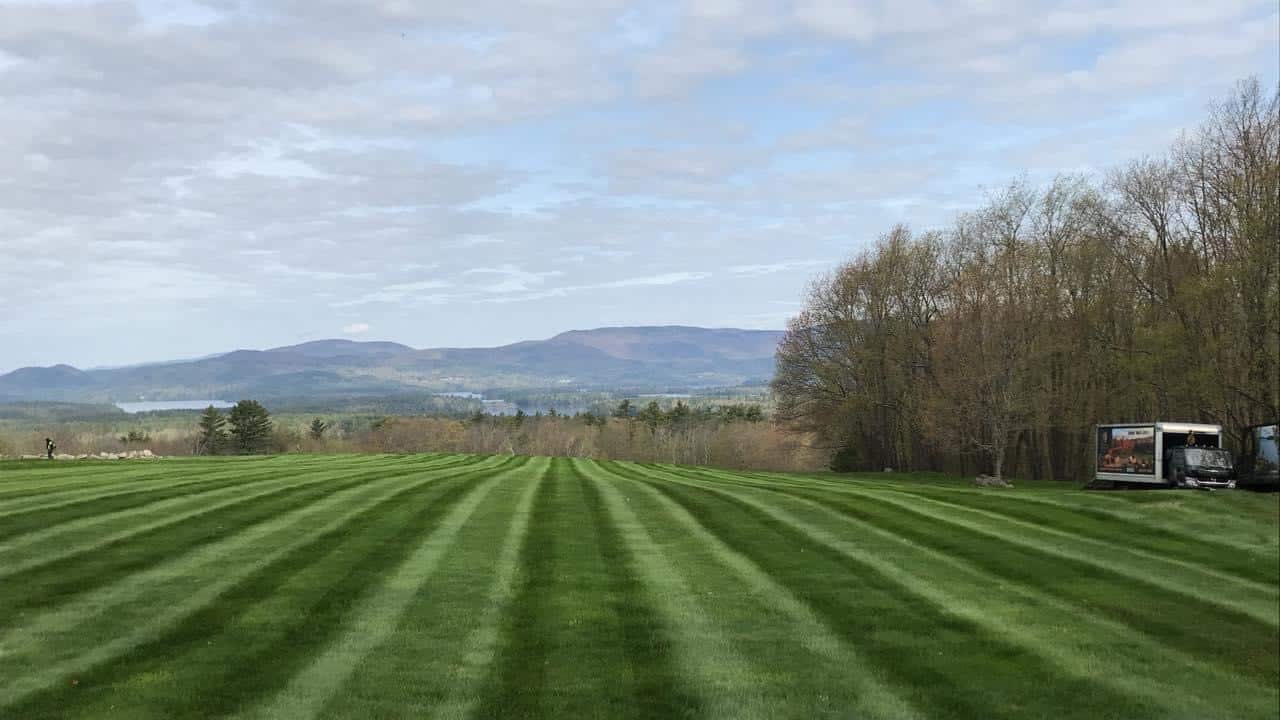
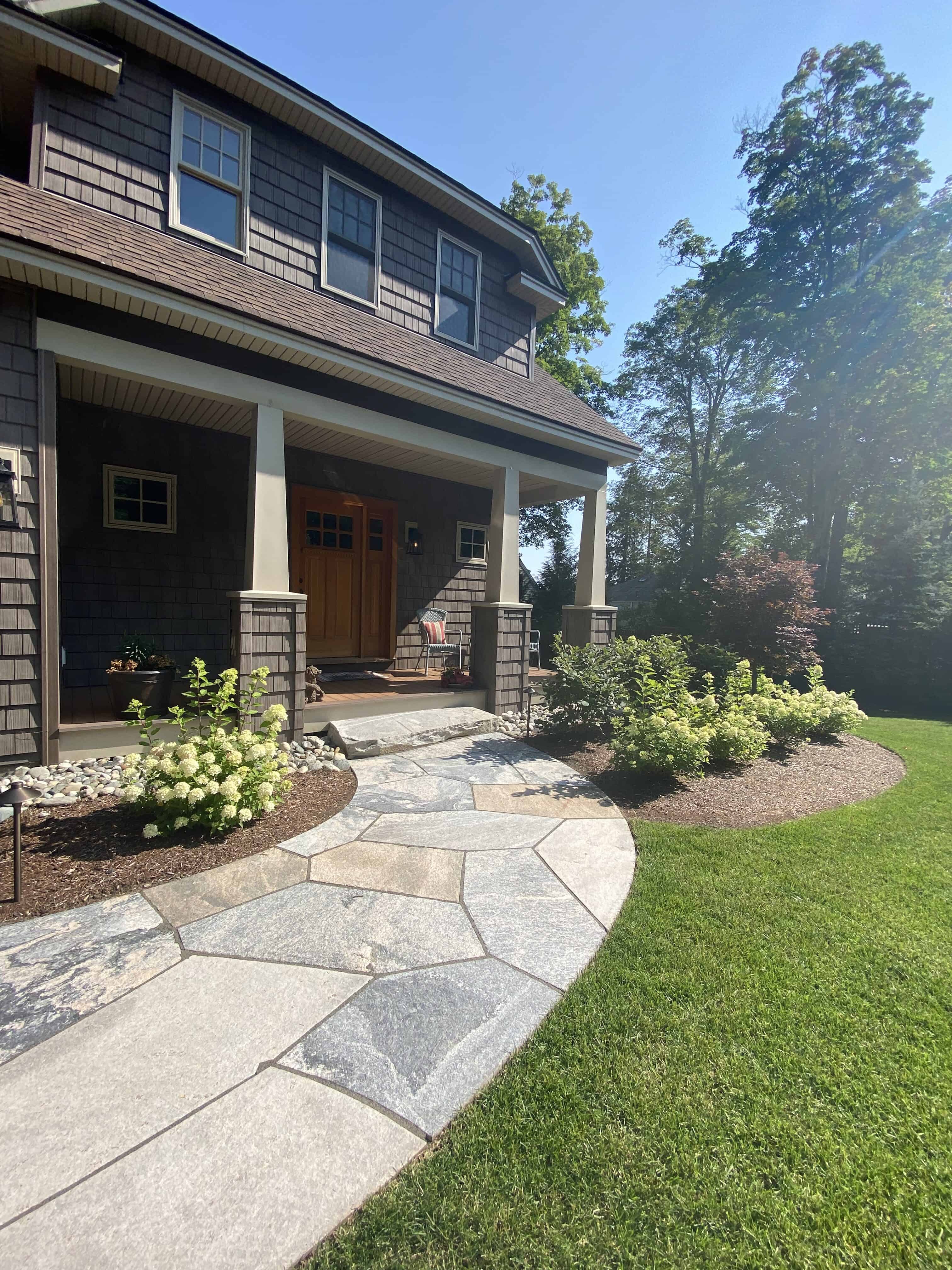
Get the Whole Area Ready
Don’t forget about your hardscapes. Sweep up the patios and verandas, uncover or bring out the furniture, and clean out the planters.
Inspect your irrigation system. If it’s warm enough, turn it on to make sure that it works properly and that there are no leaks. If you find problems, call your irrigation company before they get busy for the season.
Plan Ahead
During the long winter, and especially while tending to your property during this late winter/early spring prep, you’ve most likely thought of some ideas on what you’d like to do with your property this year. Now’s the time collect all those ideas into a plan. Decide to plant a vegetable garden or find a new spot for your existing one to see if it’ll do better. Select new annuals or perennials to bring more color to your outdoor spaces.
Visit our Garden Center in Moultonborough to see what you may want to plant, or if there’s anything new to try out. Of course, you’ll want to wait until the chance of the last frost has passed before planting anything, but now’s the time to plan what you want to plant, and where. We’ve got an experienced and creative team on hand, so be sure to ask for help or see what they are doing for new ideas.


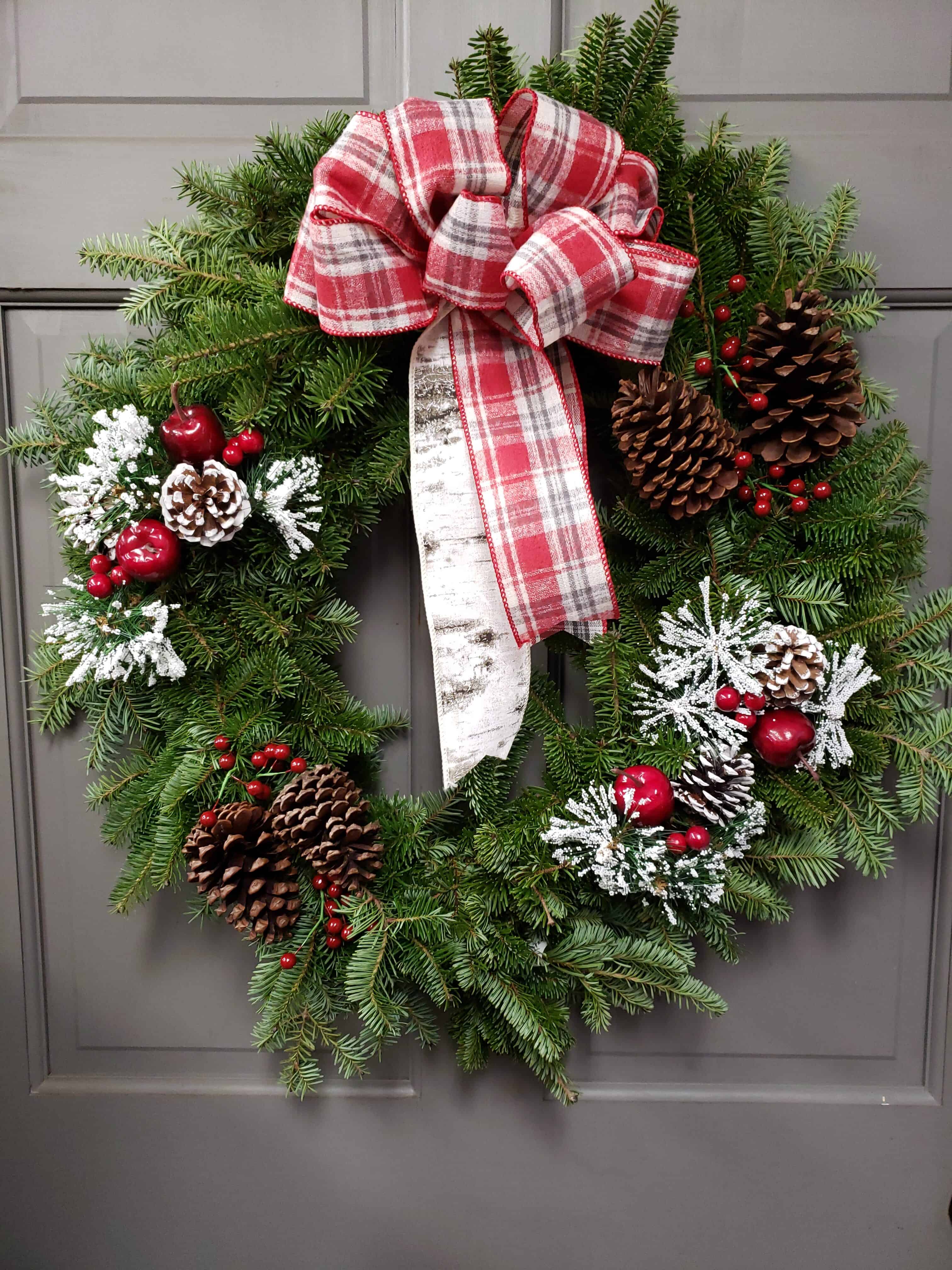
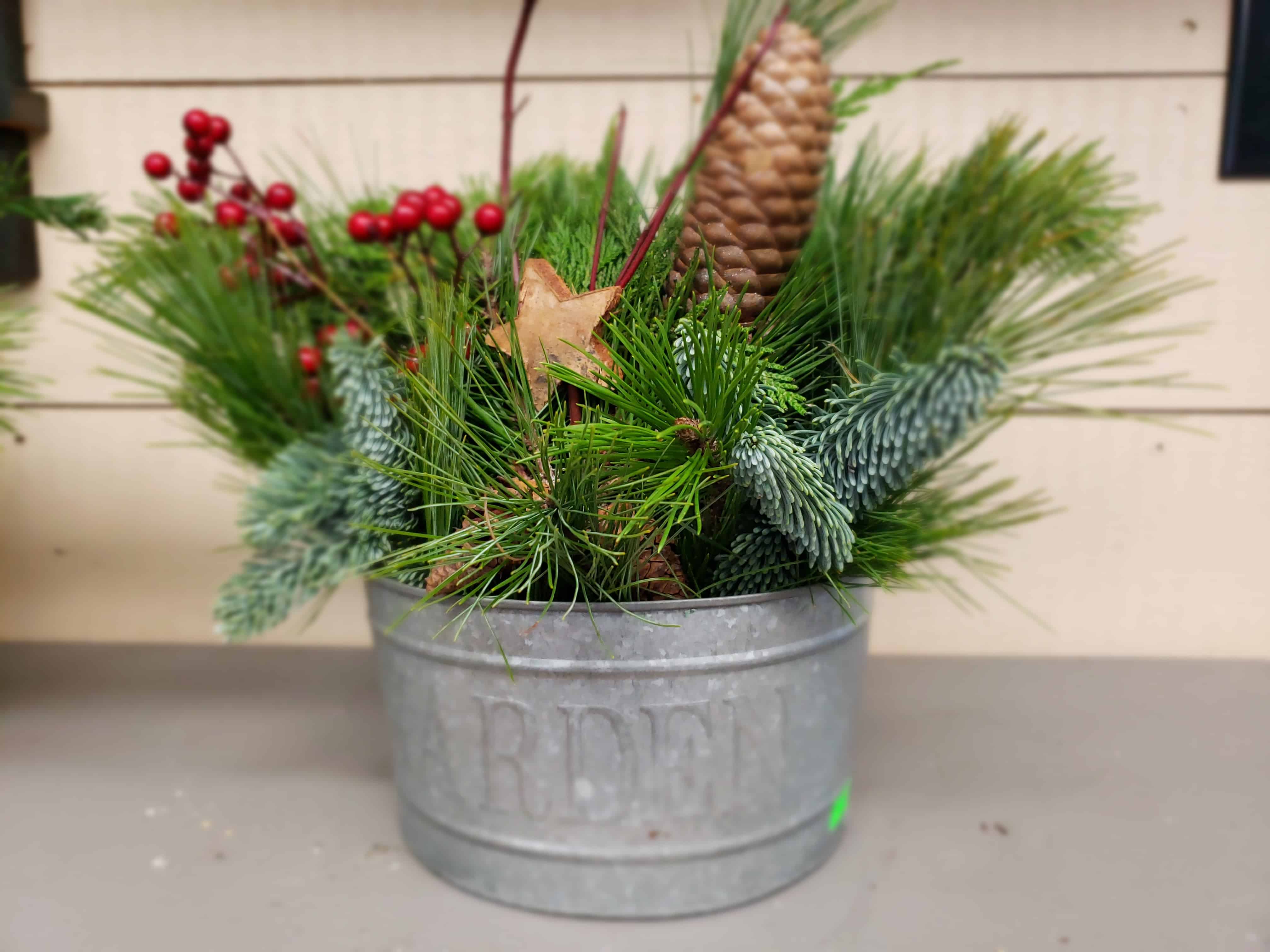

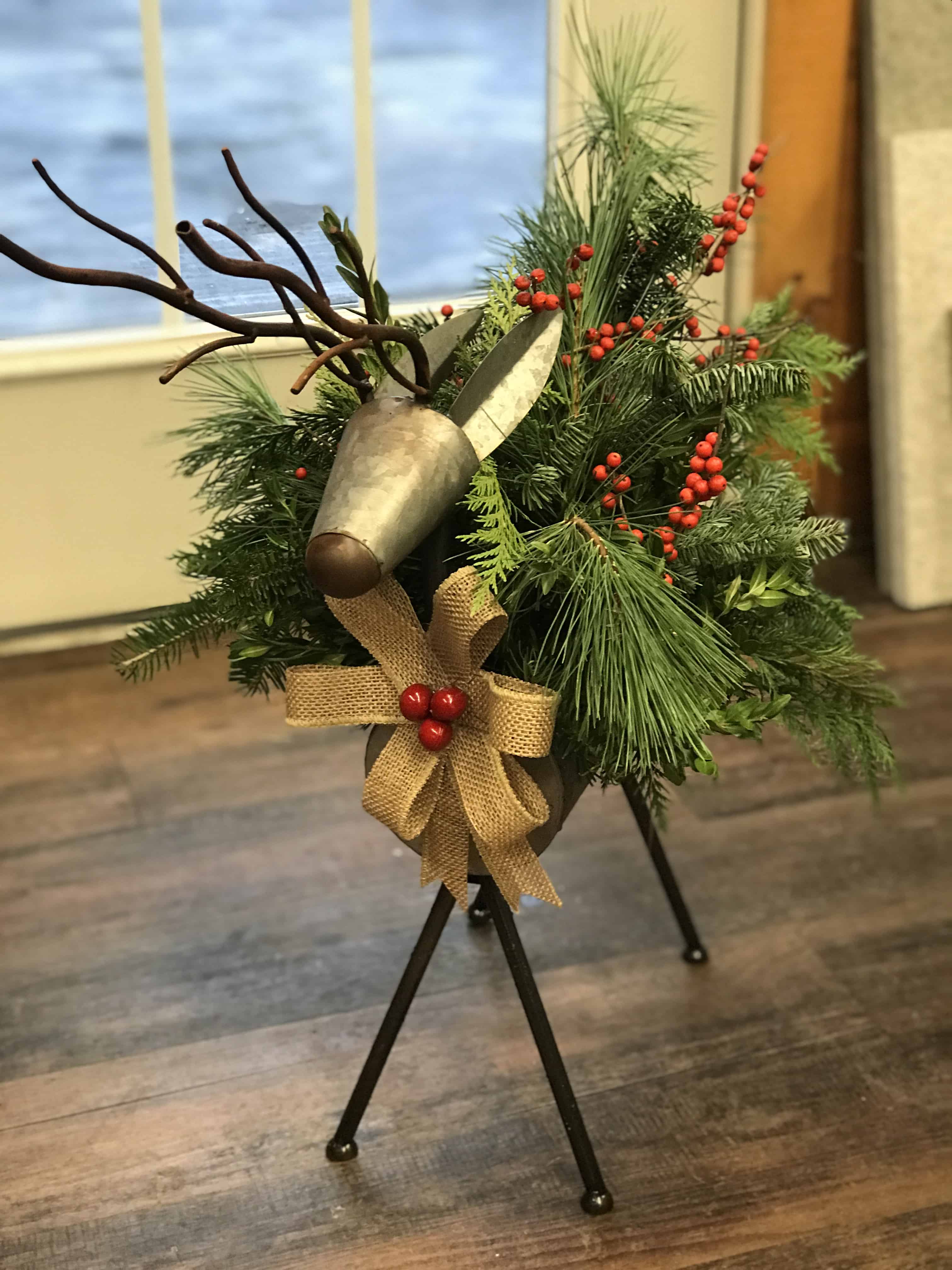 Indoor Décor
Indoor Décor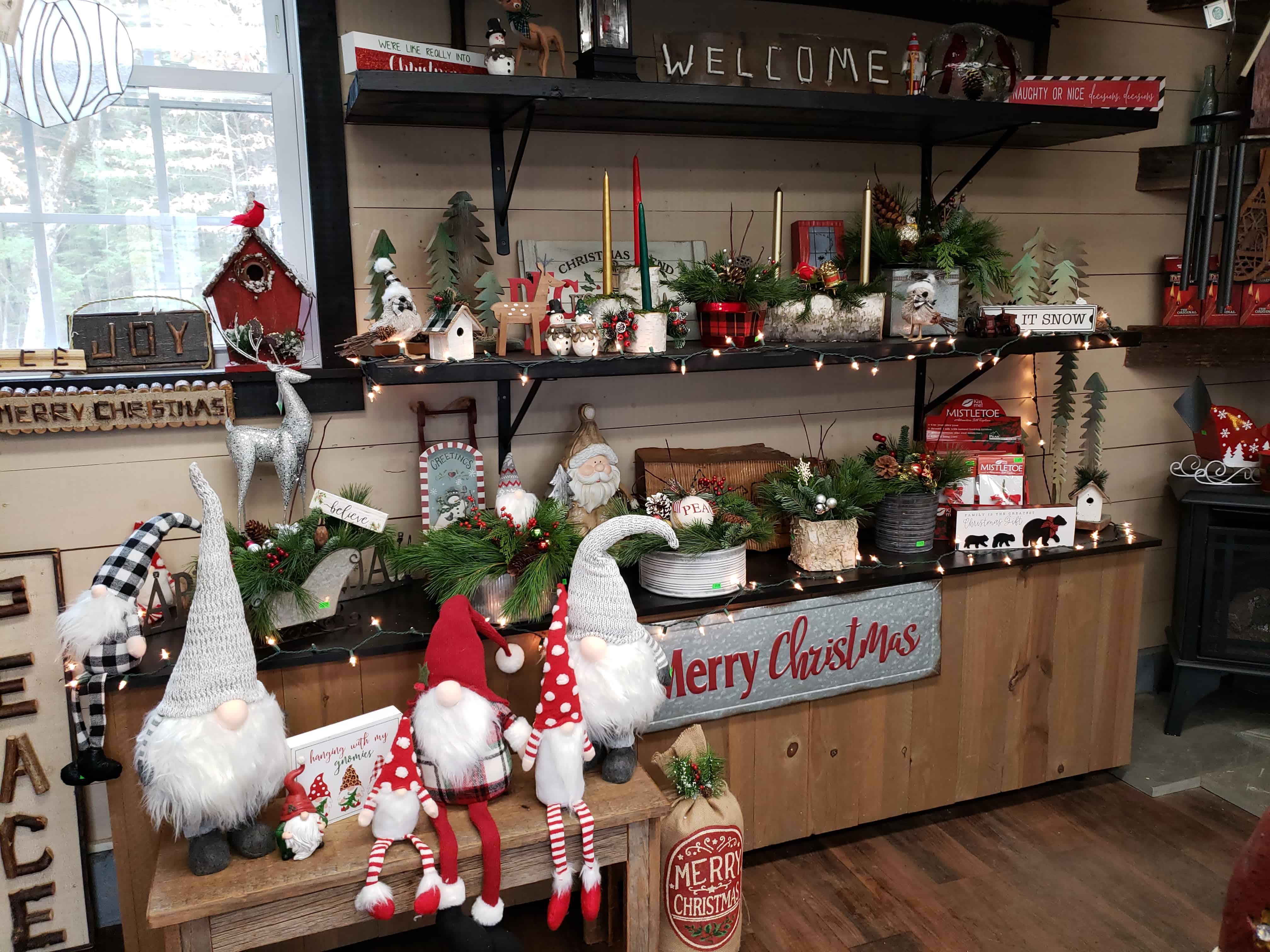
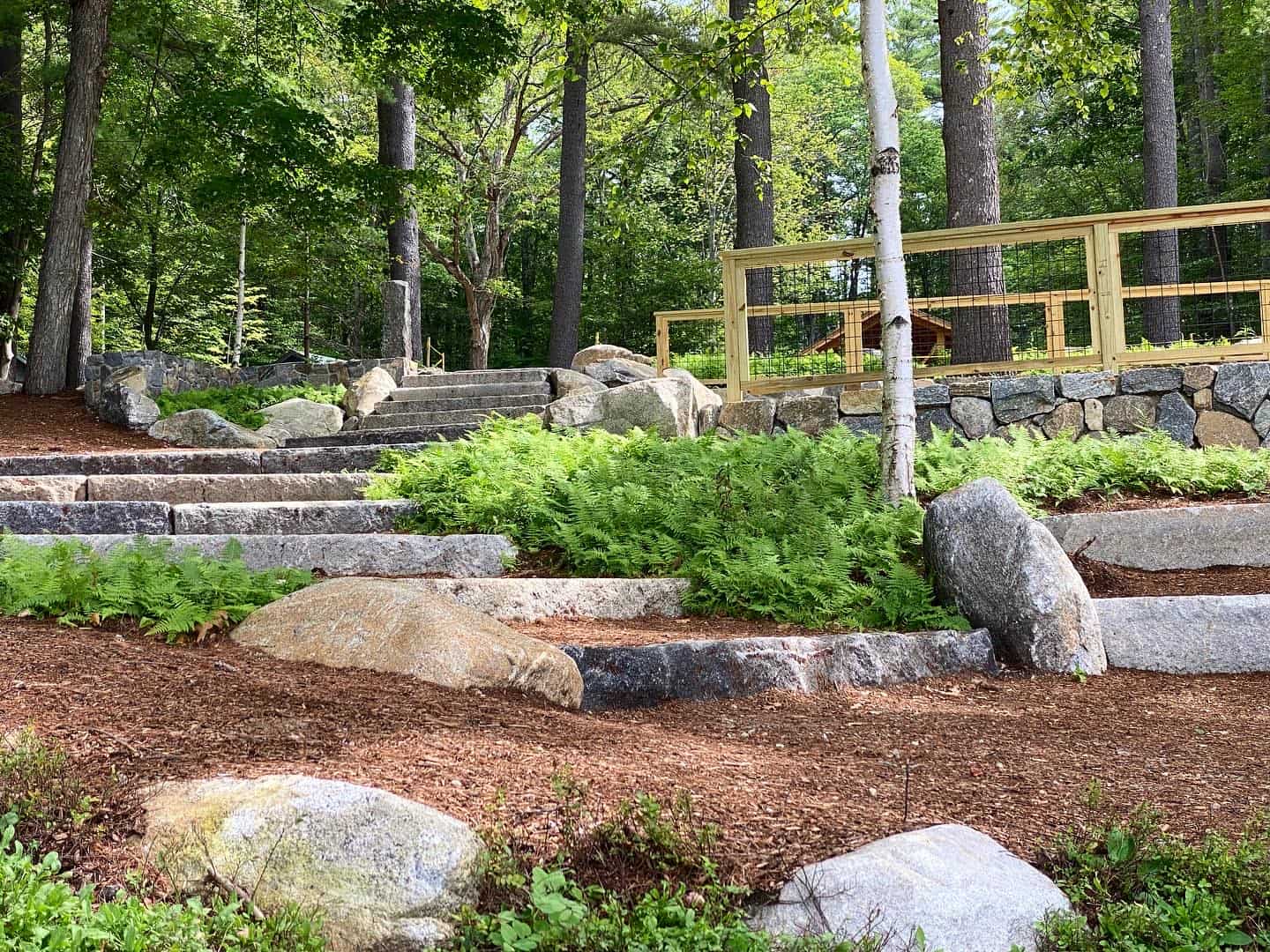
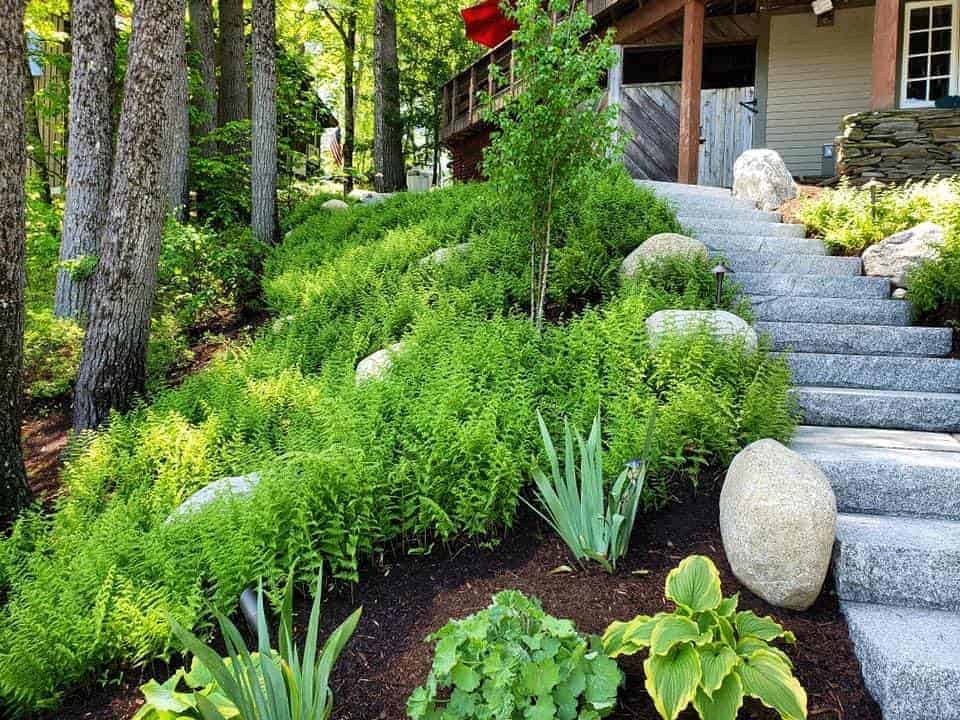
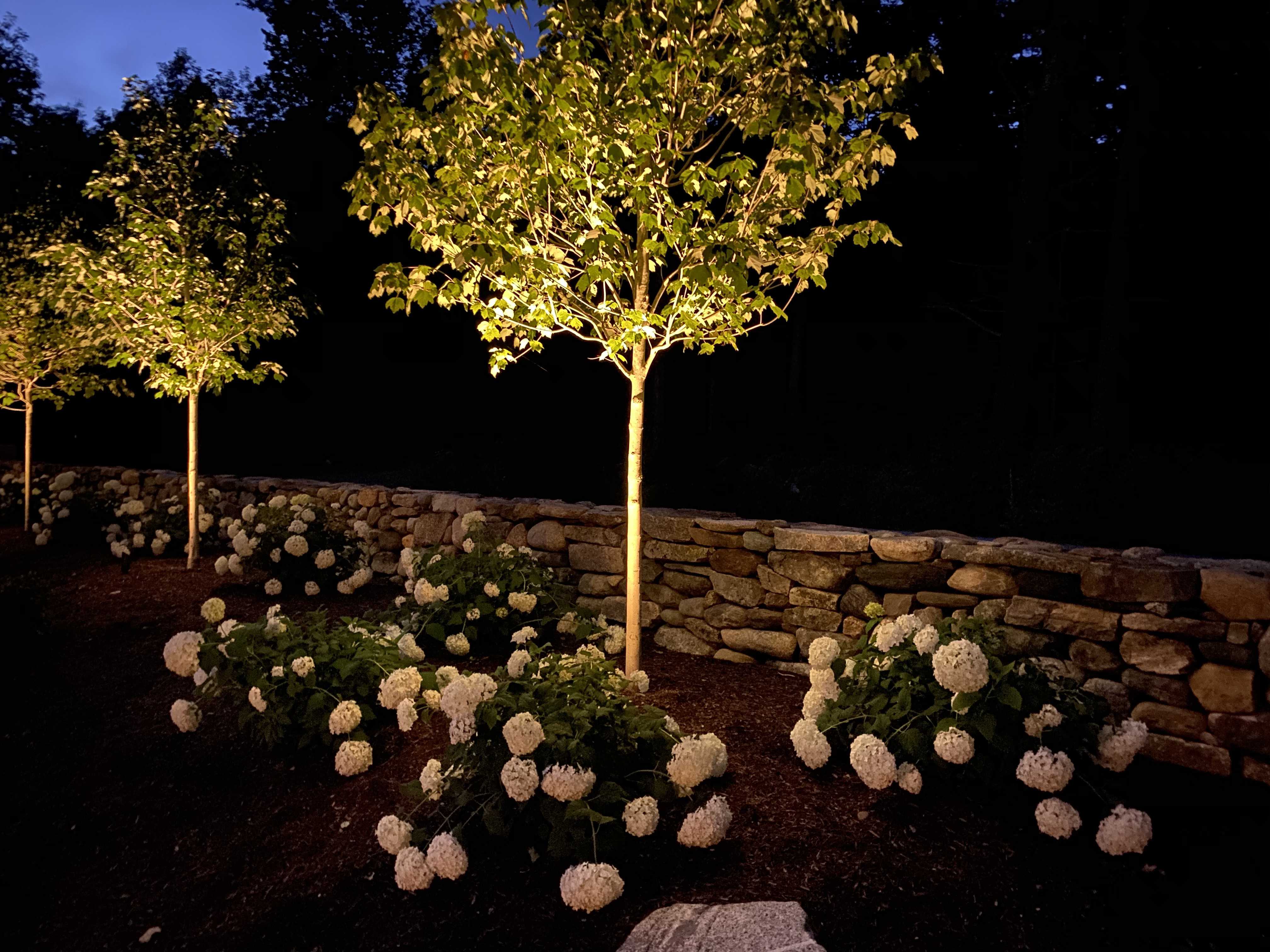
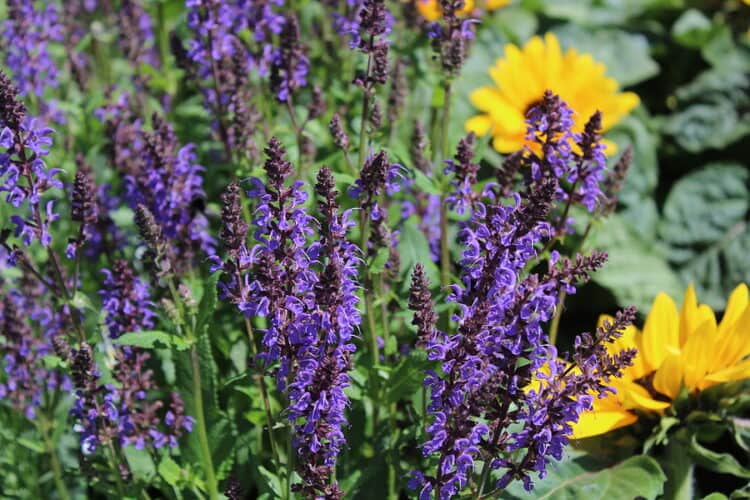 #1 Catmint—Walkers Low or Six Hills Giant
#1 Catmint—Walkers Low or Six Hills Giant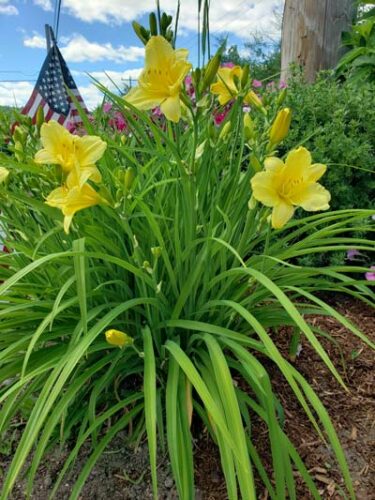 #2 Daylily
#2 Daylily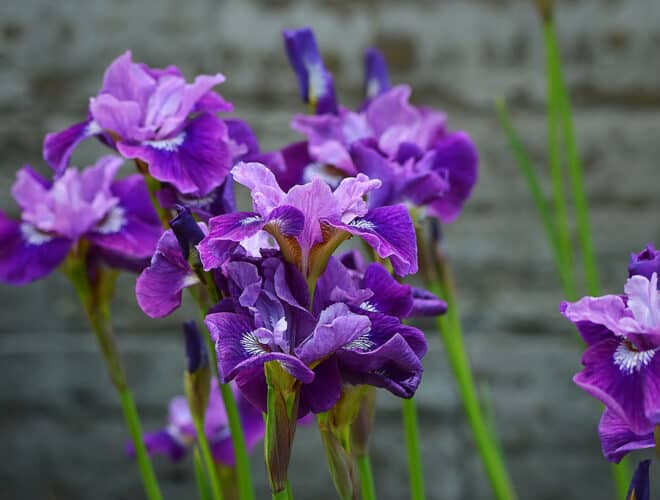 #3 Variegated Iris
#3 Variegated Iris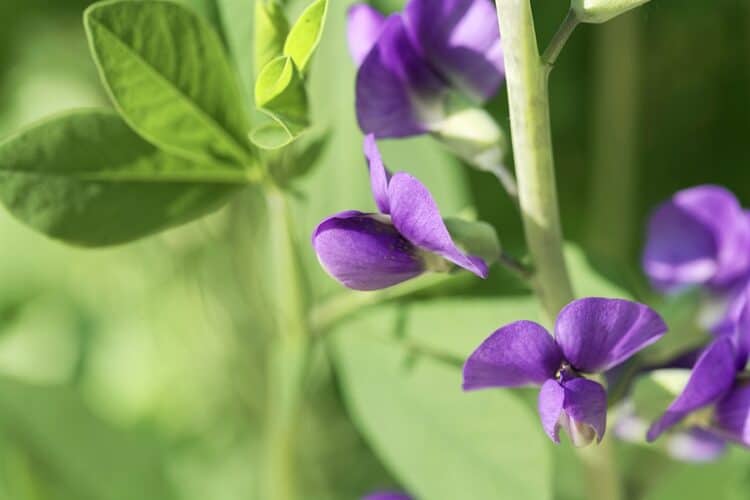 #4 Blue False Indigo
#4 Blue False Indigo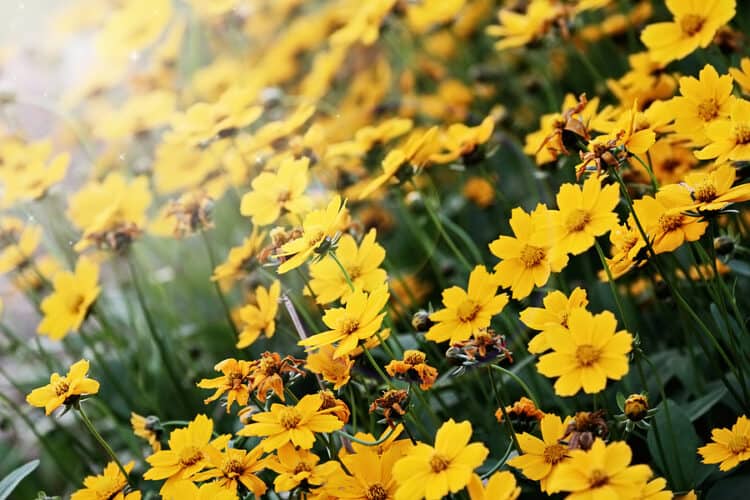 #5 Tickseed—Moonbeam
#5 Tickseed—Moonbeam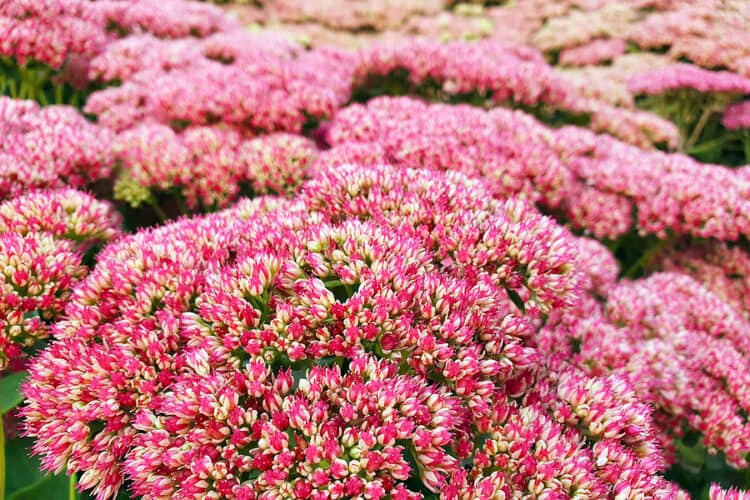 #6 Stonecrop—’Autumn Joy’
#6 Stonecrop—’Autumn Joy’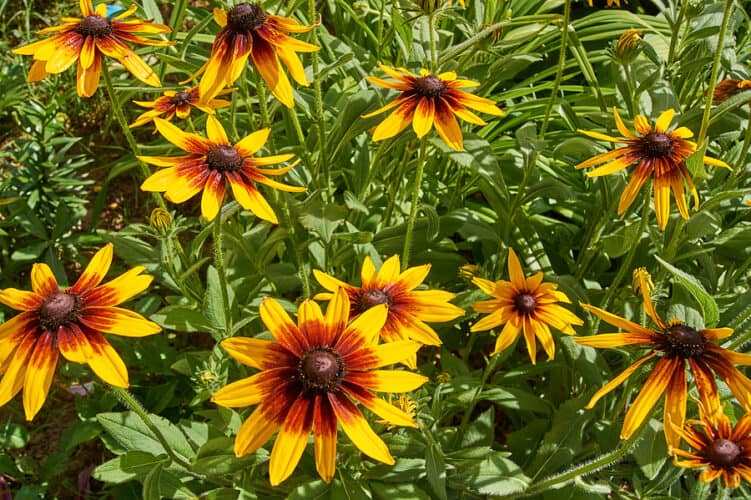 #7 Dwarf Black Eyed Susan
#7 Dwarf Black Eyed Susan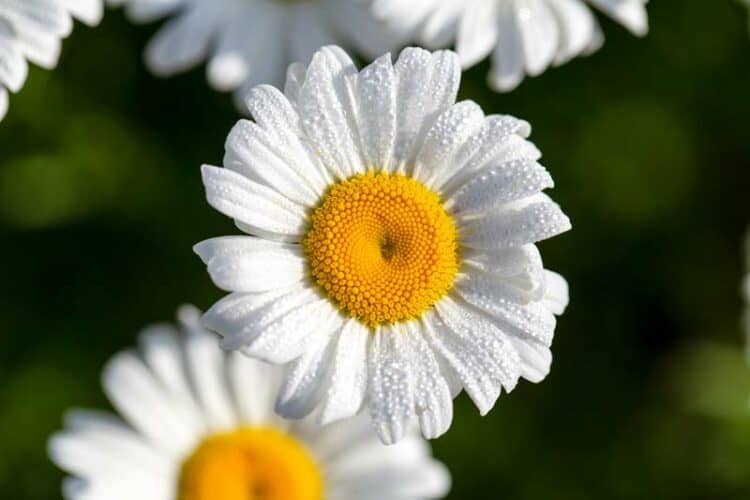 #8 Shasta Daisy—Becky or Snowcap
#8 Shasta Daisy—Becky or Snowcap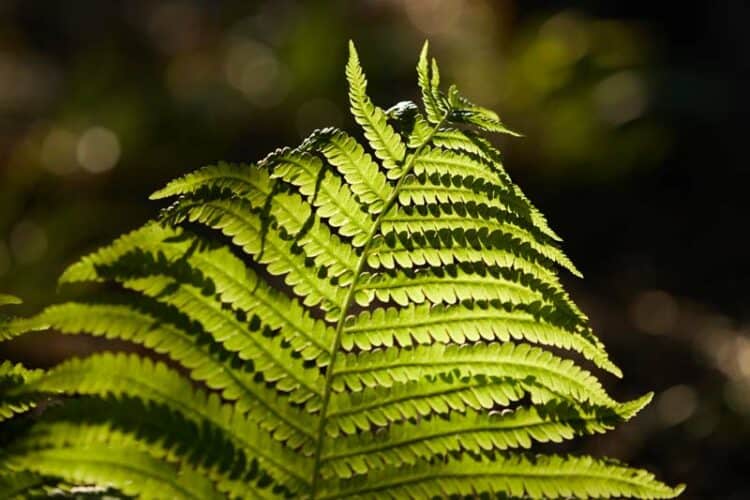 #9 Hay-Scented Fern
#9 Hay-Scented Fern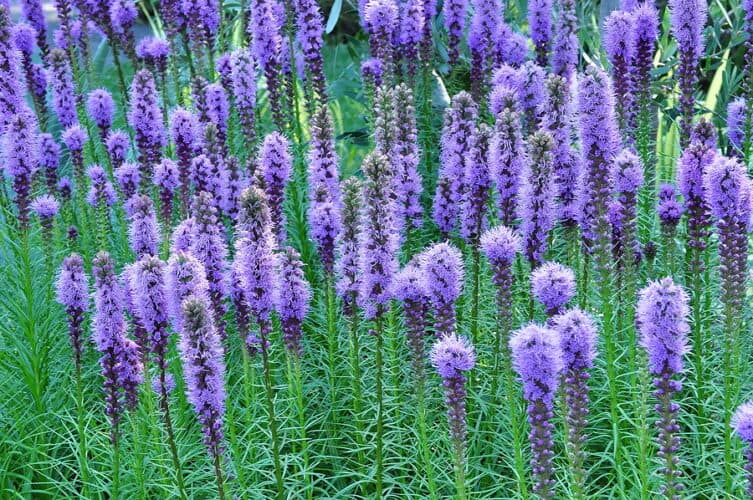 #10 Gayfeather—Kobold
#10 Gayfeather—Kobold